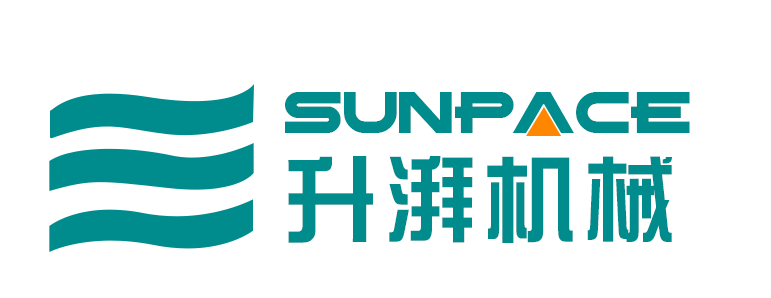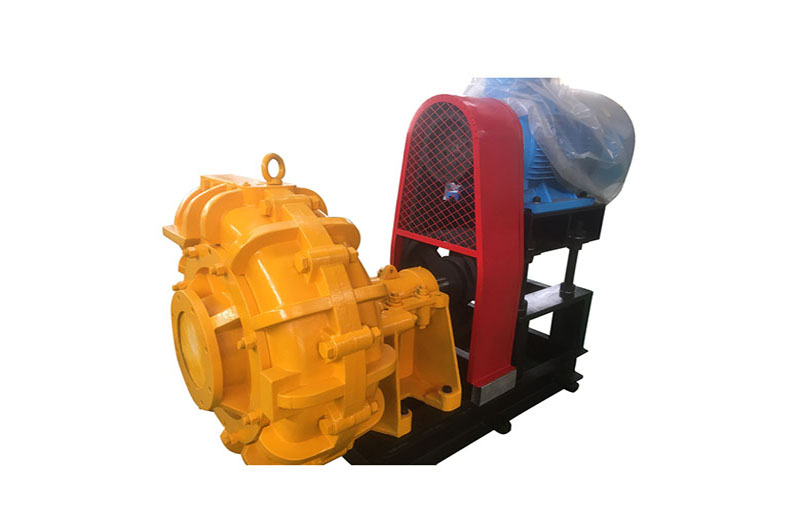The slurry pump is a device used for conveying corrosive media containing fine particles. It belongs to the cantilever type, single-stage, single-suction centrifugal pump. These pumps are designed and developed for transporting suspensions containing sand, slag, etc., for example, in construction sites, metallurgical industry, sulfuric acid industry, and environmental protection industry. The mortar pump is made of steel-lined ultra-high molecular weight polyethylene (UHMW-PE), which is a new generation of pump-resistant corrosion and wear-resistant engineering plastics. It has excellent wear resistance, impact resistance (especially low-temperature impact resistance), creep resistance, and excellent corrosion resistance among all plastics. These characteristics enable the mortar pump to perform excellently under various working conditions and are widely used in different fields.
Main performance:
1) Corrosion resistance and wear resistance, versatile use, suitable for acid and alkali clear liquid slurry.
2) The pump body is made of steel-lined ultra-high molecular weight polyethylene structure, with a lining thickness of 8-20mm. The pump adopts lining plastic patent technology, and compared with other similar pumps, it has advantages such as good thermal deformation resistance, crack resistance, anti-peeling, and high temperature resistance.
3) Impeller: Separated and closed types are available, which can be selected according to the condition of the medium.
4) Sealing: K-type dynamic seal, K1-type dynamic seal, T-type packing seal, T1-type packing seal, C3-type non-standard seal.
5) Applicable media: Concentrated sulfuric acid below 80%, nitric acid below 50%, various concentrations of Hydrochloric acid , liquid alkali, suitable for both clear liquid and slurry.
6) Main technical parameters: Operating temperature -20°C to 90°C (using modified materials can be increased to above 100°C), Inlet diameter 32mm to 350mm, Flow rate 5 to 2600m3/h, Head up to 80m.
Scope of Application:
1) Sulfuric acid phosphate fertilizer industry: conveying of dilute acid, mother liquor, wastewater, seawater, fluosilicic acid containing silica gel, phosphoric acid slurry, and other media.
2) Non-ferrous metal smelting industry: particularly suitable for various acidic liquids used in wet smelting of lead, zinc, gold, silver, copper, manganese, cobalt, rare earths, corrosive slurry, slurry (used with filter press), electrolytes, wastewater, and other media.
3) Chemical and other industries: positions involving various sulfuric acid, hydrochloric acid, alkaline, and oil liquids or slurry. Production of titanium dioxide, iron oxide, various dyes, pigments, non-metallic mineral processing, and other industries.
4) Chlorine-alkali industry: hydrochloric acid, caustic soda, electrolyte, etc.
5) Water treatment industry: pure water, ultra-pure water, wastewater (leather wastewater, electroplating wastewater, electronic wastewater, papermaking wastewater, textile wastewater, food wastewater, domestic wastewater, pharmaceutical wastewater, etc.).
6) Steel industry: sulfuric acid and hydrochloric acid positions in pickling systems, wastewater with impurities.
7) Wet desulfurization circulating pumps: capable of simultaneously handling alkaline, acidic, and corrosive positions.
8) Coal industry, transportation of corrosive liquids and coal slurry in coal chemical industry; pumps for coal washing and selection.
Common Faults:
Fault 1: Pump does not draw water
Reasons: Inadequate priming water, air trapped inside the pump, air leakage in suction pipe, large clearance between impeller and front liner.
Solution: Continuously prime with water, check for air leaks in the pipeline, adjust the clearance between impeller and front liner.
Fault 2: Slow water flow from the pump
Reasons: Large clearance between impeller and front liner, air cannot be sealed in the discharge pipeline, airlock.
Solution: Adjust the clearance, adjust the discharge pipeline, install a vacuum suction device.
Fault 3: Low water pressure, low flow rate
Reasons: Air trapped inside the pump, large clearance between impeller and front liner, loose closure of the separator, worn impeller or liner.
Solution: Ventilate the pump to remove trapped gas, adjust the clearance, adjust the friction plate clearance of the separator, replace the impeller or liner.
Fault 4: Pump vibration
Reasons: Misalignment between pump shaft and diesel engine (or motor), unbalanced impeller, damaged bearings.
Solution: Adjust alignment, perform balance testing on the impeller, replace bearings.
Fault 5: Rapid wear of impeller shaft neck
Reasons: Low head of high-pressure water pump, misalignment of gland, misalignment between pump shaft and rear cover.
Solution: Replace high-pressure pump with a head higher than that of the slurry pump, replace the gland, adjust alignment.
Fault 6: Rapid pump wear
Reasons: Poor construction conditions (large particles), long conveying distance, long inlet pipeline.
Solution: Replace the pump with a more suitable one, increase the power of the unit, shorten the length of the inlet pipeline to reduce cavitation.

